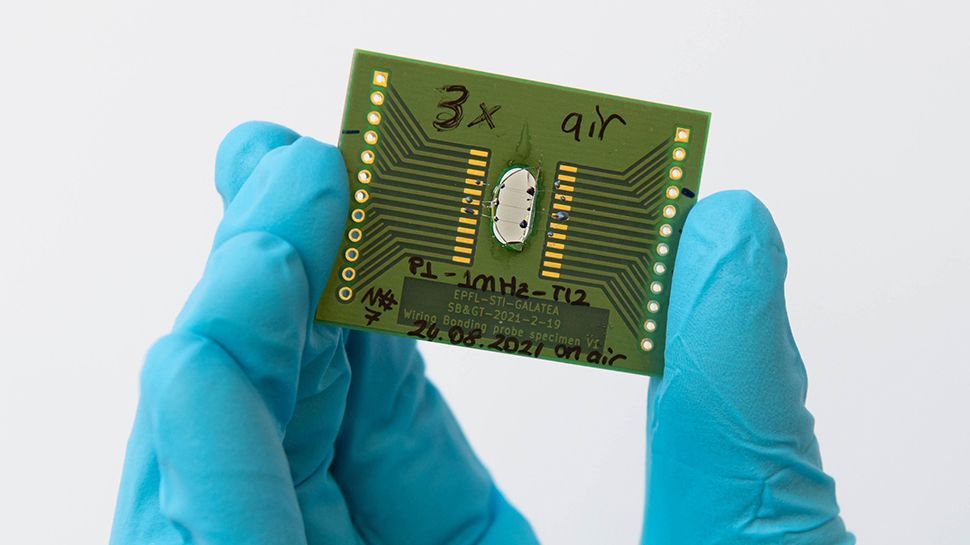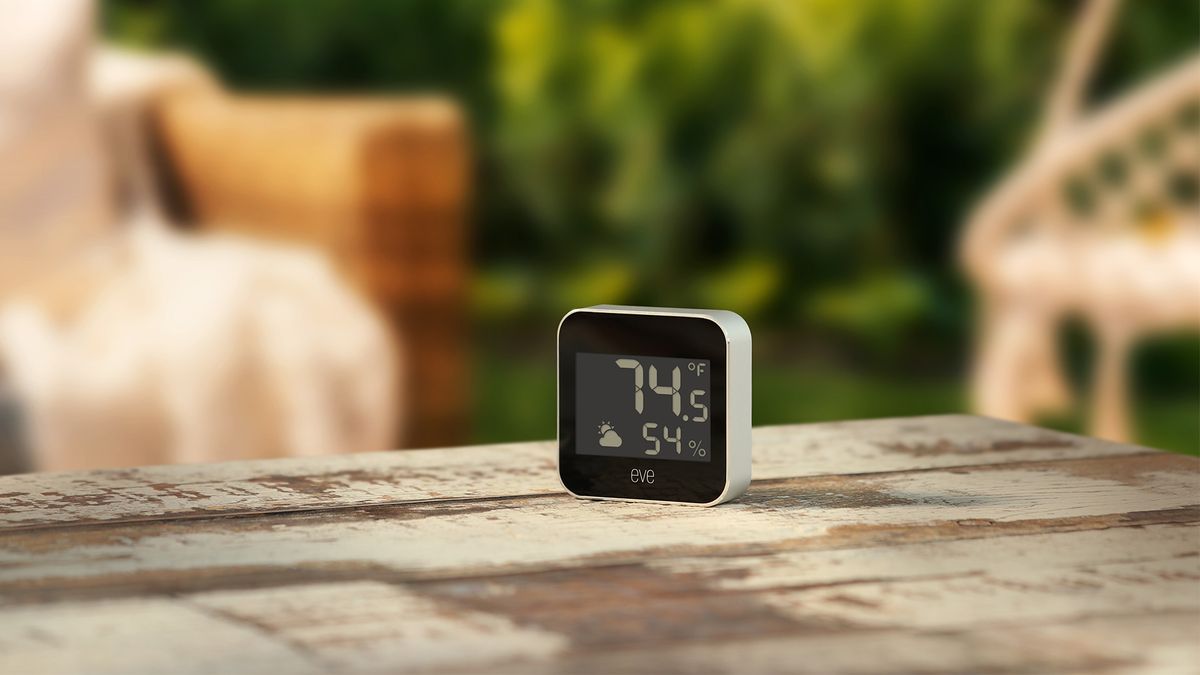Scientists have managed to turn transparent glass into a photovoltaic surface using a laser similar to that used in eye surgeries.
The revolutionary discovery was made by physicists from the Swiss Federal Institute of Technology in Lausanne (EPFL) in collaboration with scientists from Tokyo Tech.
Led by Gözden Torun at the Galatea Laboratory, the researchers were intrigued to see how tellurite glass would react when exposed to femtosecond laser light. This curiosity led to the unexpected discovery of nanoscale tellurium and tellurium oxide crystals, both semiconductor materials, forming where the glass was exposed to the laser. The presence of semiconducting materials on a surface exposed to daylight could generate electricity.
Approaching the alchemist's dream
Yves Bellouard, who heads EPFL's Galatea Laboratory, said: “We asked whether it would be possible to write long-lasting patterns on the surface of tellurite glass that could reliably induce electricity when exposed to light, and the answer is yes.” . Bellouard points out that the process does not require additional materials, only tellurite glass and a femtosecond laser are needed to create this active photoconductive material.
The EPFL team, using tellurite glass produced by their colleagues at Tokyo Tech, applied their expertise in femtosecond laser technology to alter the glass and study the effect of the laser. After etching a simple line pattern into 1cm-diameter tellurite glass and exposing it to ultraviolet light and the visible spectrum, Torun discovered he could generate a constant current for months.
Bellouard expressed his excitement about the breakthrough, saying: “We are locally converting glass into a semiconductor using light. We are basically transforming materials into something else, perhaps getting closer to the alchemist's dream!”
This development may pave the way for windows to function as single-material light-gathering and sensing devices in the future.
This is not the first time glass has been used to generate energy. Polysolar makes transparent solar panels that “are essentially glass with integrated solar panels.” However, they are not the same, as the new technology uses a single material, rather than a combination.









